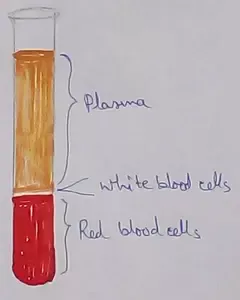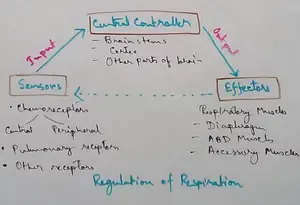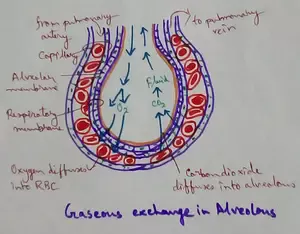Taxonomical Hierarchy Illustration with Example
Taxonomic hierarchy is the sequence of arrangement of taxonomic categories in descending order during the classification of an organism.
Species: It is a genetically closed system where the members do not interbreed with members of other species.
Genus: Genus is the assembly of related species which evolved from a common ancestors and have certain common characters called correlated characters. A genus having only one species is monotypic.
Family: It includes one or more genera. All the genera of a family have some common or correlated features. In plants the family ends in the suffix -aceae and subfamily – oideae . In animals the suffix –idae for family, for sub family – inae and for tribe –ini and for superfamily – oidea.
Order: Order is taxonomic category which includes one or more related families with some common features. It ends with suffix -ales in plants.
Class: class is a taxonomic category which includes one or more related order. In case of plants it ends with suffix - -phyceae , opsida , ae in plants.
Phylum/division: It is a category of taxonomy which includes one more related classes. This division give the suffix phyta and subdivisions -phytina.
Kingdom: kingdom is the highest taxonomic category. E.g.kingdom plantae, kingdom animaliae.
Examples:
Classification of plantae- mango.
Kingdom - Planta
Division - Spermatophyta
Subdivisions - Angiospermae
Class - Dicotyledoneae
Order - Sapindales
Family - Anacardiaceae
Genus - Mangifera
Species - indica
This is the classification of mango whose scientific name is Mangifera indica. This name consists of species and genus. Family is Anacardiaceae, here -aceae is added as suffix. Order is sapindales where -ales added as suffix in plants. Class ends with – ae in plants. Phylum is suffixed by – phyta. And mango is belong to plant kingdom.
Classification of animaliae – tiger.
Kingdom –Animalia
Phylum -Chordata
Subphylum –Vertebrata
Class -Mammalia
Order –Carnivora
Family –Felidae
Genus -Panthera
Species –tigris.
Binomial nomenclature of tiger is Panthera tigris. There is no specific suffix for order, class, phylum of animal. Order is Carnivora (flesh eating), class is Mammalia (give birth to the baby), subphylum Vertebrata (presence of vertebral column), phylum is chordata (presence of spine). Here genus is Panthera and species is tigris. The suffix -idea is added to become Felidae family.
From Taxonomical Hierarchy Illustration with Example to HOME PAGE
Recent Articles
-
What Is Plasma? | Blood Plasma | Proteins | Nutrients | Cholesterol
Nov 07, 25 10:29 AM
Blood is a mobile fluid which is a connective tissue and is derived from the mesoderm like cell any other connective tissue. Colour of blood is reddish and that flows inside the blood vessels by means… -
Disorders of Respiratory System | Tuberculosis | Pleurisy | Emphysema
Oct 28, 25 11:39 PM
Tuberculosis is very common disease and is caused by a type of bacteria called Mycobacterium tuberculosis. This disease causes different trouble in the respiration and infection of several parts of th… -
Regulation of Respiration | Respiratory Centres | Inspiratory Area |
Oct 14, 25 12:13 AM
Respiratory Centre is the area that controls the rate of respiration and it is observed to be located in medulla oblongata and pons. Respiratory Centre has the following will dispersed components like… -
Explain Transport of Gases | External Respiration | Tissue Respiration
Oct 09, 25 11:35 PM
In humans gaseous exchange is completed in the following ways the steps are - External Respiration or Breathing - Breathing in false taking in of Oxygen and giving out of carbon dioxide in the body. M… -
Kind and Number of Teeth | Location of Teeth in Mouth | Care of Teeth
Sep 11, 25 12:52 AM
Kind and Number of Teeth





New! Comments
Have your say about what you just read! Leave me a comment in the box below.